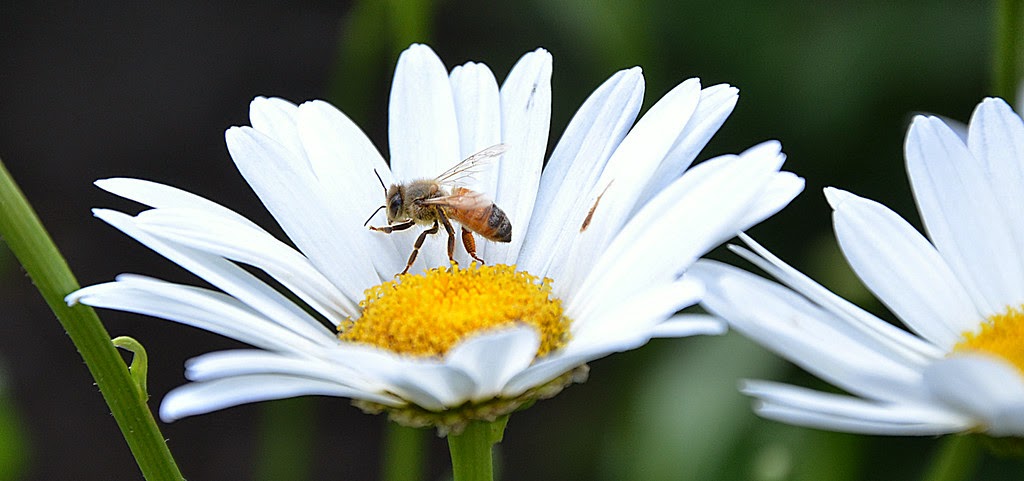As of today I have two excellent strong hives of honey bees left. Besides being strong hives, they are gentle as can be and a pleasure to be around. And that's something I want to continue. Because once they get overrun with varroa and hive beetles that can change.
 |
| Secure base. Nothing gets in except fresh air |
 |
| Slides into base (lubricated with beeswax of course) |
The first thing I did was completely caulk all new frames in the hives to allow no crevices where hive beetles can hang out. Plus that saves the bees time and energy so they won't have to fill these areas with propolis. Several members of the Pinellas beekeeping group had some innovative ideas how their hive bottoms and covers were modified to add ventilation and close off areas where hive beetles hide out. The hive bottom boards were screened but under the screens they had trays that could hold either diatomaceous earth OR oil. Both have their advantages and disadvantages. I decided to start off with the diatomaceous earth which is fatal to hive beetles ... especially their larvae. Oil is a bit messy and you may end up with low spots due to the angle of the hives not being completely level.
 |
| sliding bottom board pan for oil or diatomaceous earth |
 |
| fine mesh screen vent in the bottom board promotes cool bees |
So now the bottom of the hive has closed off access to hive beetles while still retaining a fine screened ventilation slot. Plus the pan of diatomaceous earth to catch hive beetles being pushed out by the bees.
 |
| Modified inner hive cover |
 |
| Fine aluminum screen - Nothing gets in but fresh air from the cover |
The top covers of the hives also have major modifications. Besides extra venting, the bottom of the inner covers are completely screened with fine mesh to keep out any hive beetles (or other pests like wax moths, etc.). They may get into the upper chamber but it's impossible for them to get in where the bees are. And I think this will be a major help because above inner hive covers is where these nasty beetles love to hide out and plot their strategies to lay eggs in the brood chamber infecting the baby bee larvae.
The final method of hive beetle control is one I've mentioned in previous posts. And that's adding an entrance reducer. This gives the beetles a limited area to gain access to the hive. With a couple hundred bees hanging out by the entrance keeping watch this really limits the options for hive beetles sneaking in.
 |
| Adding beeswax to honey super frames |
I'm happy to report that the bee farm bees were ready for a honey super so some beeswax was melted in the slow cooker we got at a resale shop and then applied to medium frames. I used a foam brush to apply the wax which was somewhat clumsy. Need to refine this technique somewhat. Also tried a mini roller which might work better. A constant learning process for sure. Fun fun fun









No comments:
Post a Comment